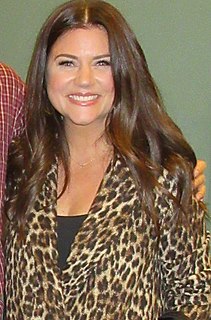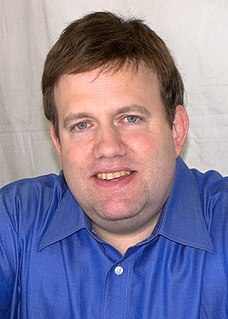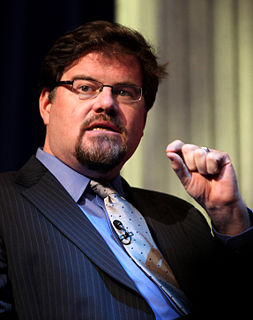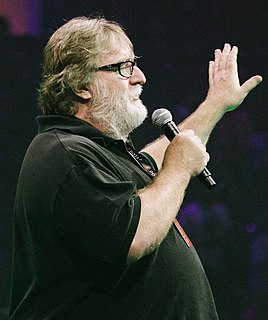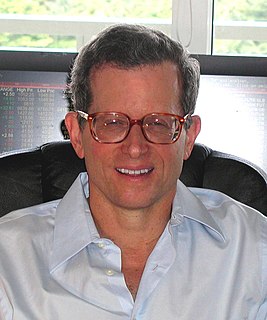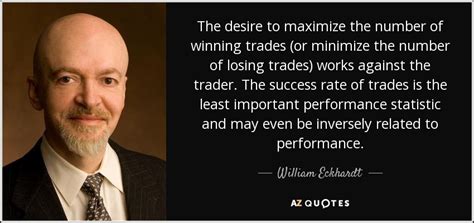A Quote by Bill Lipschutz
I don't think you can consistently be a winning trader if you're banking on being right more than 50 percent of the time. You have to figure out how to make money being right only 20 to 30 percent of the time.
Related Quotes
The big thing is, everybody says it's being in the right place at the right time. But it's more than that, it's being in the right place all the time. Because if I make 20 runs to the near post and each time I lose my defender, and 19 times the ball goes over my head or behind me - then one time I'm three yards out, the ball comes to the right place and I tap it in - then people say, right place, right time. And I was there *all* the time.
Even when I go shopping, I don't shop as a woman. The only time I shop is when I need something, and I'm in and out in less than 30 minutes, so I have no energy to look at 50 million gowns and styles and make sketches and think about heels. I'm not girly in that way. I'm relying on the stylist to do 99 percent of the work.
Forests are breaking out all over America. New England has more forests since the Civil War. In 1880, New York State was only 25 percent forested. Today it is more than 66 percent. In 1850, Vermont was only 35 percent forested. Now it's 76 percent forested and rising. In the south, more land is covered by forest than at any time in the last century. In 1936 a study found that 80 percent of piedmont Georgia was without trees. Today nearly 70 percent of the state is forested. In the last decade alone, America has added more than 10 million acres of forestland.






